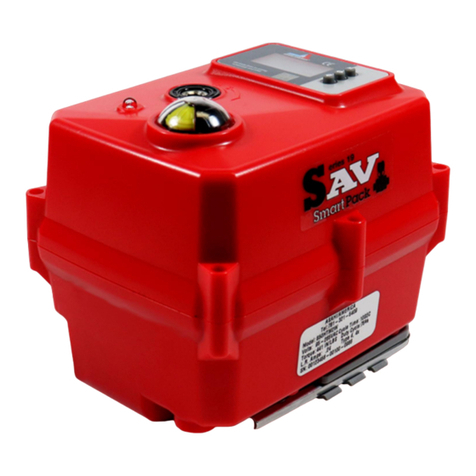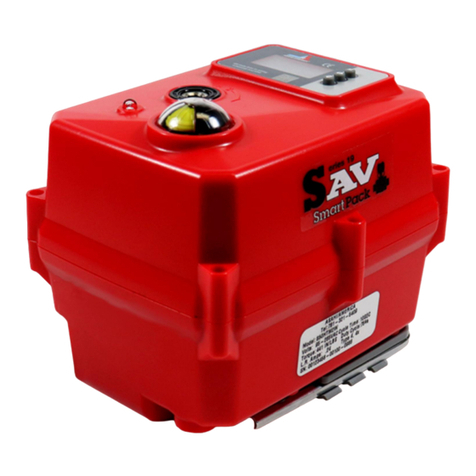
ASAHI/AMERICA, INC 655 ANDOVER STREET LAWRENCE, MA. 01843 TELEPHONE 800-343-3618
File: assembly/manuals/Series 94 Gen II A/C Modulating Svc Manual Rev. A 11/19/19
Page 2 of 27
Table of Contents
DHC-100 Introduction ...........................................................................................3
FEATURES .......................................................................................................3
Series 94 Electric Actuator Introduction ................................................................4
Description ........................................................................................................4
Electrical Requirement ......................................................................................4
Installation.............................................................................................................5
Electrical............................................................................................................5
Type 21 Ball Valve ............................................................................................6
Type 23 Ball Valve (3-way) ...............................................................................6
Type 56 Butterfly Valves ...................................................................................6
Actuator Mounting Dimensions..........................................................................7
Operation ..............................................................................................................8
Manual Override Operation ...............................................................................8
Setting Limit Switches .......................................................................................8
Calibration .........................................................................................................9
Outline Diagram.............................................................................................9
QuickCal Procedure ........................................................................................10
Aux Open/Close Option Setup.....................................................................11
Aux Position Option Setup...........................................................................11
Power / Signal (J2)...................................................................................12
Actuator (J1).............................................................................................12
Override (J7) ............................................................................................12
Mode ........................................................................................................13
Adjust up and Adjust down.......................................................................13
Override Mode .........................................................................................13
Auto..........................................................................................................14
Manual/FB Pot Cal ...................................................................................15
Close........................................................................................................15
Open ........................................................................................................15
Auxiliary Close Output..............................................................................16
Auxiliary Open Output ..............................................................................16
Command Type........................................................................................16
Loss of Command ....................................................................................17
Position Out Cal .......................................................................................17
Fault Indicators.........................................................................................18
Command Out of Range ..........................................................................19
Stall Detection Feature.............................................................................19
Electronic Brake Feature..........................................................................20
Duty Cycle Control ...................................................................................20
Option Modules ...............................................................................................21
Series 94 Options Codes for Serial # Tags..................................................22
Specifications ..................................................................................................22
DHC-100 Specs...........................................................................................22
Series 94 Specs...........................................................................................23

































